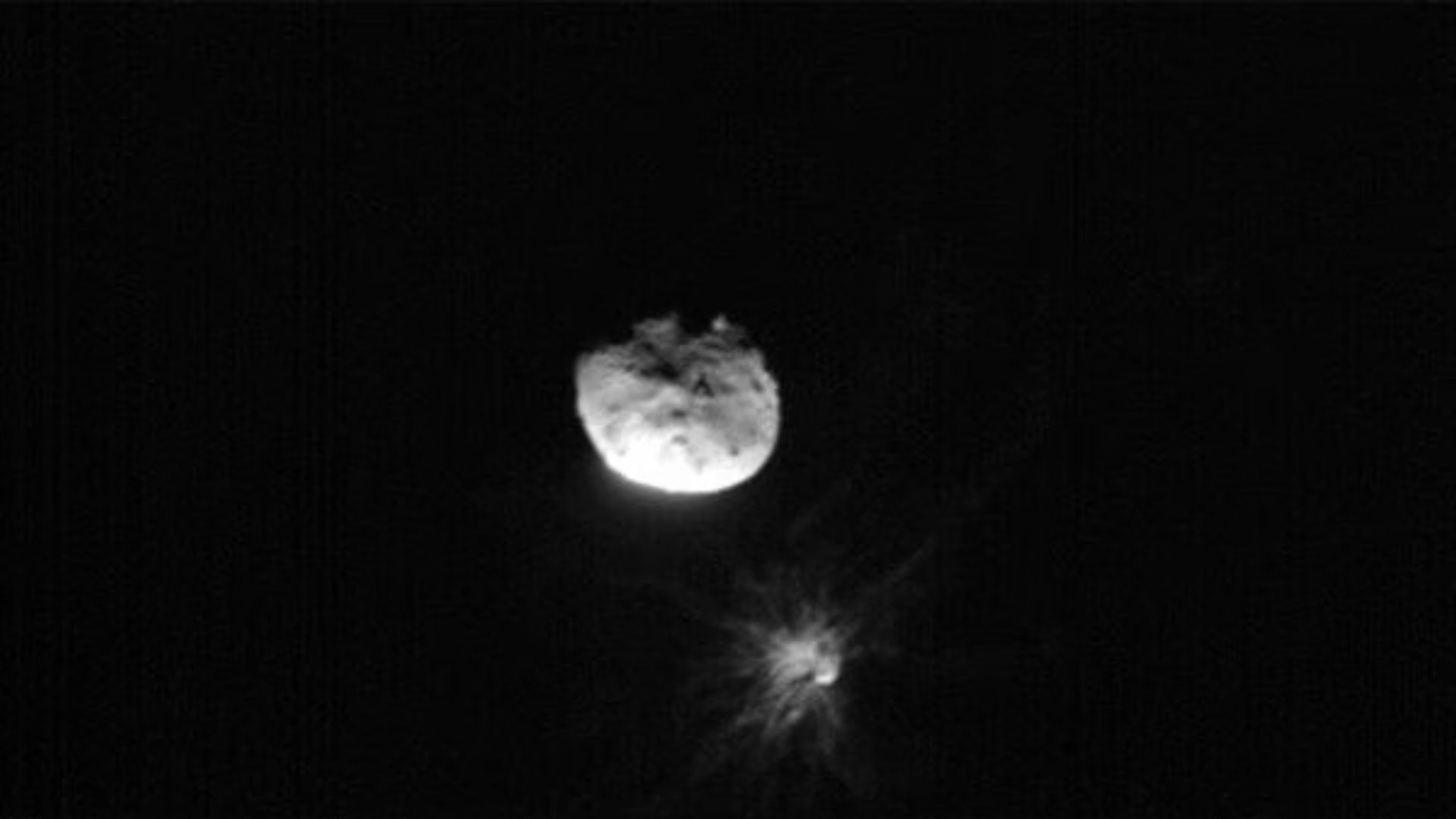
Earth is poised to welcome a temporary “mini-moon” this autumn, known as asteroid 2024 PT5. Measuring around 33 feet (10 meters) across, this small asteroid will orbit our planet for about two months, from September 29 to November 25, before it escapes Earth’s gravitational influence. The findings were published in the Research Notes of the American Astronomical Society, emphasizing the dynamic nature of our solar system.
Despite being classified as a moon, 2024 PT5 won’t be visible to the naked eye due to its dull rock composition. Even with binoculars or amateur telescopes, spotting it will be challenging. However, professional telescopes will capture images of the asteroid as it passes by. Astronomer Jennifer Millard, host of the Awesome Astronomy podcast, mentioned, “Professional telescopes will be able to pick it up. So, you’ll be able to look out for lots of wonderful pictures online of this little dot moving past the stars at great speed.” Discovered by NASA’s Asteroid Terrestrial-Impact Last Alert System (Atlas) on August 7, this asteroid is part of the Arjuna asteroid belt, a collection of various space rocks orbiting the Sun near Earth.
Previous mini-moons have visited Earth, including 2022 NX1, which orbited in 1981 and again in 2022. Asteroid 2024 PT5 is anticipated to return in 2055, indicating that Earth’s temporary companions often come back after many years. According to scientists, while 2024 PT5 will be influenced by Earth’s gravity, it won’t complete a full orbit. Millard explained, “It’s just going to have its orbit altered, just twisted slightly by our planet, and then it’ll continue on its merry way.” The asteroid is set to leave Earth’s orbit on November 25.
When asteroids like 2024 PT5 pass near Earth at relatively low speeds, the planet’s gravitational field can temporarily capture them. Millard further remarked on the significance of such findings, stating, “This story highlights just how busy our solar system is and how much there is out there that we haven’t discovered… There are tens of thousands, if not hundreds of thousands, of objects out there that we haven’t discovered.” Mini-moons like 2024 PT5 serve as a reminder of the importance of continuous night sky monitoring to uncover these transient cosmic companions.















